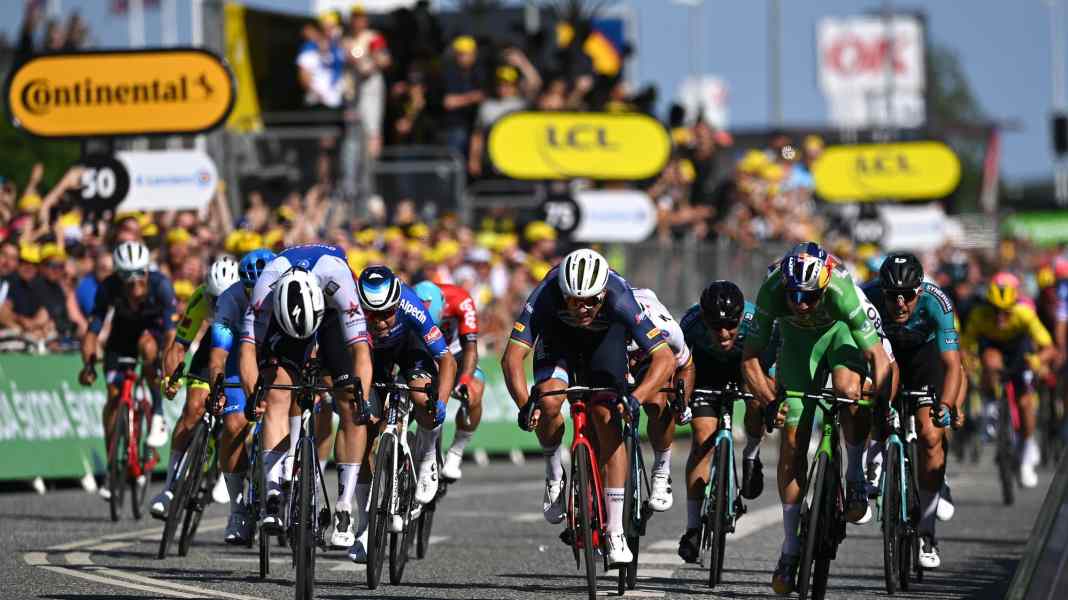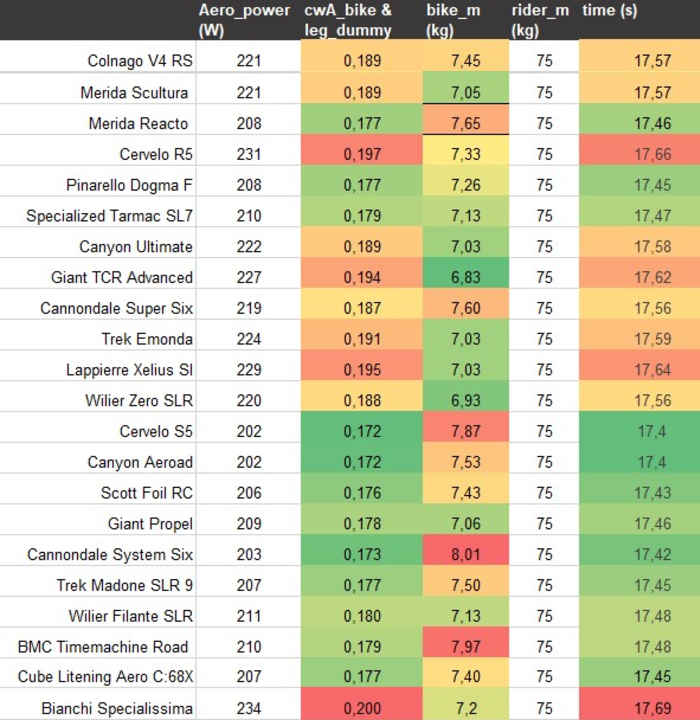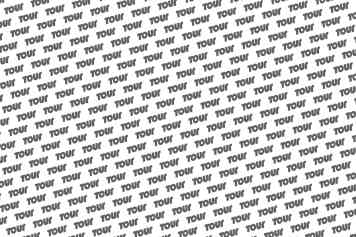
Tour de France 2023 - Stage 3: Amorebieta-Etxano - Bayonne | 187,4 Kilometres

The undulating stage has no significant topographical difficulties. On paper, it is therefore a stage that will end with a bunch sprint. Since the Tour as a whole does not include many sprint stages, the sprinters’ teams will powerfully seek control over the action.
We therefore simulate a sprint on the 3rd stage of the 2023 Tour de France in which the sprinter starts his sprint 300 m before the finish after the lead out and rides his sprint from the front - which corresponds to a rather long sprint. From a material point of view, however, it is relatively unimportant how long the sprint is. As on the previous day, good aerodynamics is the ingredient needed in this final, along with fast legs, to keep the tire in front at the end.
Number of the day: 29 hundredths of a second
Is the calculated advantage of the fastest bike in the peloton over the slowest in the 300 m sprint. That corresponds to more than two bike lengths.
The fastest bikes in the final of the 3rd stage of the 2023 Tour de France are the Canyon Aeroad and the Cevelo S5, with others following at a very close distance. Provided that the sprinters ride aero bikes, the material will therefore hardly be the deciding factor for the day’s victory. On a less aerodynamic bike, on the other hand, it will be difficult to keep up. The rider could best compensate for an aero disadvantage by keeping the sprint short and leaving the slipstream only very late.
In a fast sprint, body aerodynamics are even more important than the bike, because the farer accounts for the lion’s share of air resistance. Sprinters therefore wear aero one-piece suits, aero helmets, aero socks, and so on. Sprinters also train to duck as low as possible over the bike. Mark Cavendish was the pioneer of this technique. He was the first sprinter to pull out all the aero stops and celebrated many successes with it.
The (almost) entire field at a glance

*) The calculations are based on the bikes tested by TOUR in the laboratory and wind tunnel. The bikes at the Tour de France may differ in details. Of course, we have not yet been able to examine last-minute prototypes either.
Our Expert

Robert Kühnen studied mechanical engineering, writes for TOUR about technology and training topics and develops testing methods. Robert has been refining the simulation calculations for years, they are also used by professional teams.
